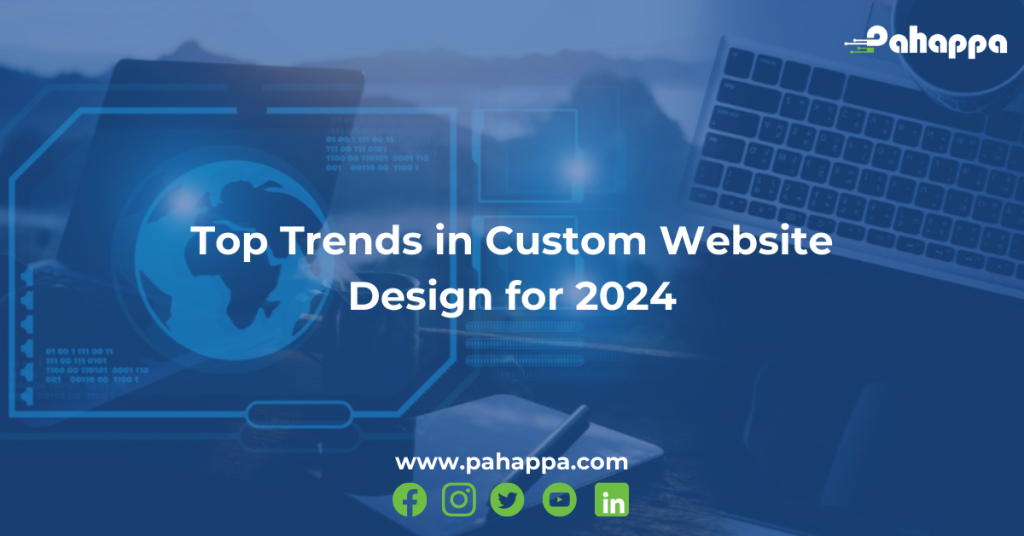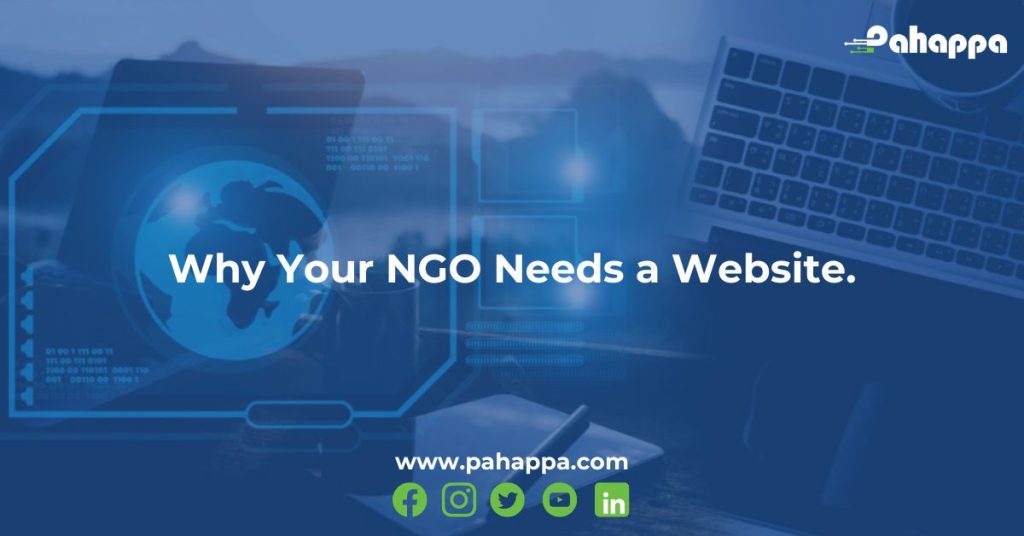In the ever-evolving landscape of modern commerce, establishing a robust online presence has become a fundamental requirement for businesses striving to thrive and expand. At the core of this digital revolution lies a powerful tool that holds the key to unlocking growth opportunities: your website. A well-crafted website serves as a dynamic gateway, allowing you to engage with a global audience, drive conversions, and propel your business forward. Gone are the days when a website was merely an informational platform. Today, it has evolved into a strategic asset capable of generating leads, enhancing brand visibility, and amplifying your bottom line. In this article, we delve into five pivotal ways in which a website can become your strongest ally in cultivating business growth. Whether you’re an aspiring entrepreneur or an established enterprise, these insights will illuminate the transformative potential of harnessing the full capabilities of your online presence. Join us as we embark on a journey to discover the five key ways your website can propel your business to new heights of success.
Ways a website can help you Grow Your Business
- Expand Your Reach
A website serves as a global storefront, allowing you to extend your reach beyond physical limitations. It enables potential customers from anywhere in the world to discover and explore your products or services. With targeted online marketing strategies, such as search engine optimization (SEO) and social media advertising, you can effectively reach specific demographics and niche markets, maximizing your business’s exposure.
- Build Credibility and Trust
A well-designed website instills confidence in your brand and establishes credibility. You demonstrate your track record of delivering value by showcasing your expertise, highlighting customer testimonials, and featuring case studies or success stories. A professional website design with intuitive navigation and high-quality content builds trust with potential customers, encouraging them to choose your business over competitors.
- Generate Leads and Increase Conversions
Your website can be a powerful lead-generation tool. By strategically placing compelling call-to-action buttons, lead capture forms, and landing pages, you can encourage visitors to take action and provide their contact information. These leads can be nurtured through email marketing campaigns, allowing you to build relationships and convert them into paying customers. Analyzing website analytics and tracking conversion rates helps identify areas for improvement and optimize the user journey to increase conversions.
- Enhance Customer Engagement and Communication
A website provides various avenues for direct customer engagement. Incorporating features like live chat, contact forms, and comment sections enables visitors to interact with your business in real-time. Social media integration allows users to share your content and engage with your brand on different platforms. Personalized content and targeted email marketing campaigns foster ongoing communication, allowing you to provide valuable information, updates, and special offers to your customers.
- Drive Sales and Revenue Growth
An e-commerce-enabled website gives you the ability to sell products or services directly to customers online. By integrating secure payment gateways, you provide a seamless and secure shopping experience, increasing customer trust and reducing barriers to purchase. Analyzing your website’s sales data and user behavior allows you to optimize your sales funnel, identify upselling or cross-selling opportunities, and implement effective pricing strategies, ultimately driving revenue growth.
Practical tips for creating a website that helps you grow your Business
- Clearly Define Your Goals
Before starting the website development process, clearly define your business goals and objectives. Determine what you want to achieve through your website, whether it’s generating leads, increasing online sales, building brand awareness, or improving customer engagement. This clarity will guide the design and functionality decisions.
- Understand Your Target Audience
Research and understand your target audience to tailor your website to their needs and preferences. Identify their demographics, interests, pain points, and online behaviors. This information will help you create relevant content, design a user-friendly interface, and implement effective marketing strategies.
- Optimize for Search Engines (SEO)
Implement basic SEO techniques to improve your website’s visibility in search engine results. Conduct keyword research to identify relevant keywords for your industry and incorporate them naturally in your website content. Optimize Meta tags, headings, and image alt tags. Create high-quality, informative content that answers your audience’s questions and provides value.
- Design a User-Friendly Interface
Ensure your website has a clean, intuitive, and user-friendly interface. Use consistent navigation menus, clear headings, and logical site structure to make it easy for visitors to find information. Optimize your website for mobile devices since a significant portion of internet users access websites through smartphones and tablets.
- Showcase Compelling Content
Create high-quality and engaging content that resonates with your target audience. Use a mix of text, images, videos, and infographics to communicate your brand message effectively. To build trust and credibility, incorporate customer testimonials, case studies, and success stories. Regularly update your content to keep it fresh and relevant.
- Implement Lead Generation Strategies
Incorporate lead generation tactics to capture visitor information and convert them into leads. Place prominent call-to-action buttons strategically throughout your website, encouraging visitors to take the desired action. Offer valuable incentives such as e-books, guides, or free consultations in exchange for their contact details. Use landing pages and lead capture forms to collect information efficiently.
- Integrate Social Media
Integrate social media buttons and widgets into your website to encourage visitors to share your content and engage with your brand on social platforms. Display social media feeds or testimonials on your website to showcase social proof. Regularly update your social media channels and cross-promote your website content to drive traffic and enhance brand visibility.
- Analyze and Optimize
Set up website analytics tools, such as Google Analytics, to track visitor behavior, conversion rates, and other key metrics. Analyze the data to gain insights into user preferences, popular content, and conversion funnels. Use these insights to make data-driven decisions and continuously optimize your website for better performance.
As the digital revolution continues to reshape the business landscape, the significance of a well-crafted website as a catalyst for growth becomes more evident than ever. No longer a mere informational platform, your website evolved into a strategic asset capable of propelling your business to new heights of success. Contact us today for professional website development services.











